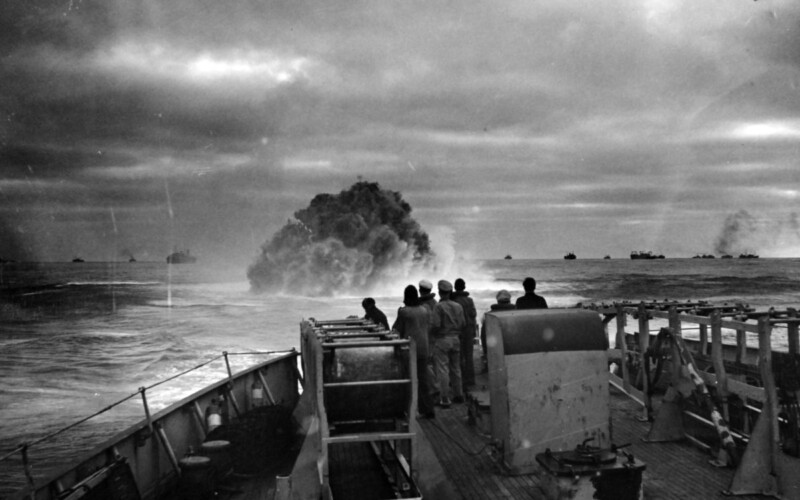We have experience hosting a range of audiences, from college classes to birthday parties to company outings, and we customize our tours to meet your group’s interests and needs.
Book a private tour today
To mark the 80th anniversary since the attack on Pearl Harbor, this virtual program will examine the connections between the fleet in Hawaii in 1941 and the Brooklyn Navy Yard. …
Read more
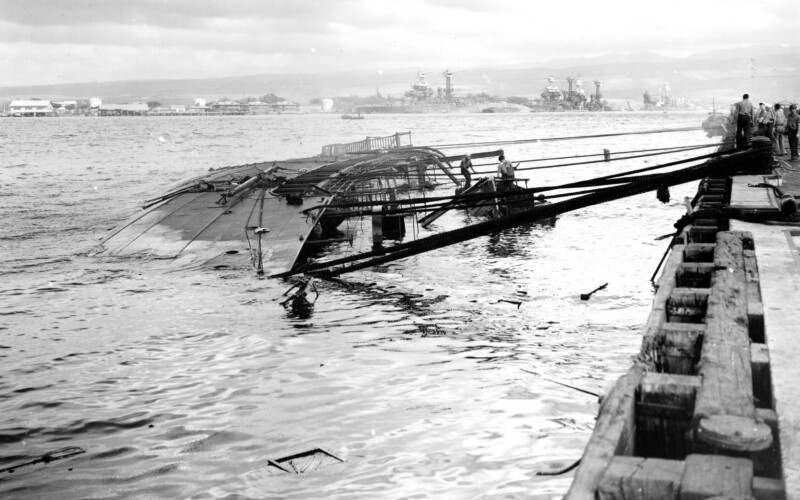
On a quiet stretch of the Saginaw River just outside Bay City, Michigan, the USS Edson sits as a tribute to America’s Cold War destroyer fleet. Built at Maine’s Bath …
Read more
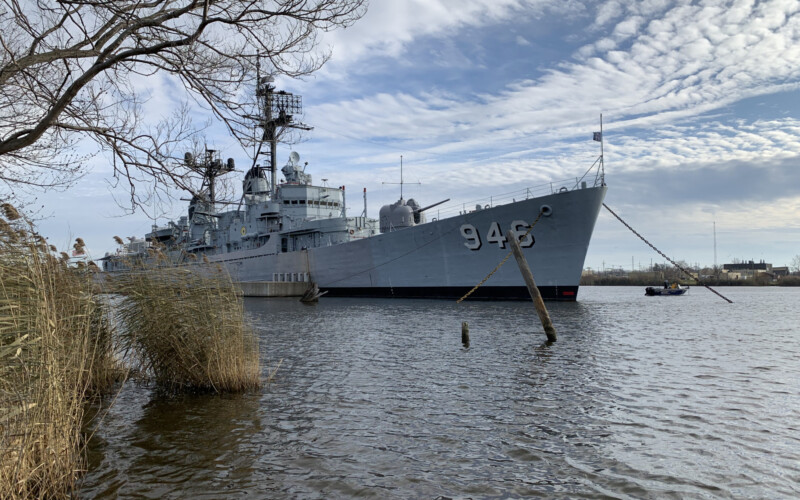
At the Brooklyn Navy Yard‘s shipyard, operated by GMD, they repair mostly commercial ships, but they also get a fair number of federal government contracts. The shipyard does not repair …
Read more
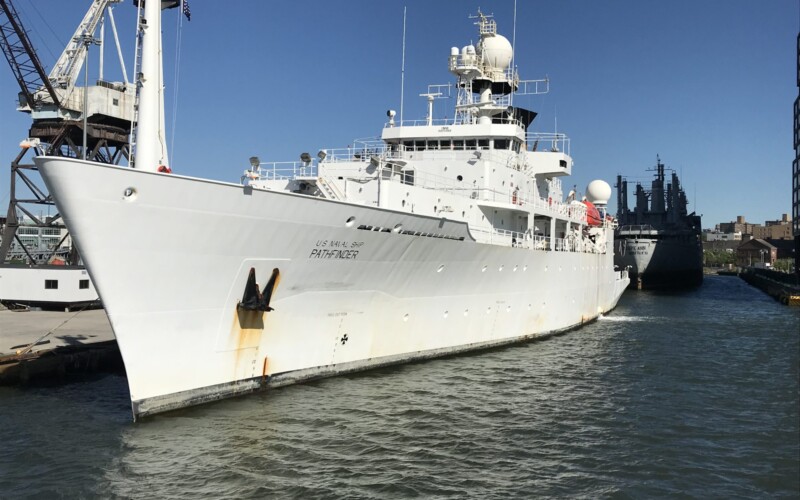
Today marks the anniversary of the launching of USS Arizona at the Brooklyn Navy Yard. We have written about the Arizona many times before, including about the impact the sinking …
Read more
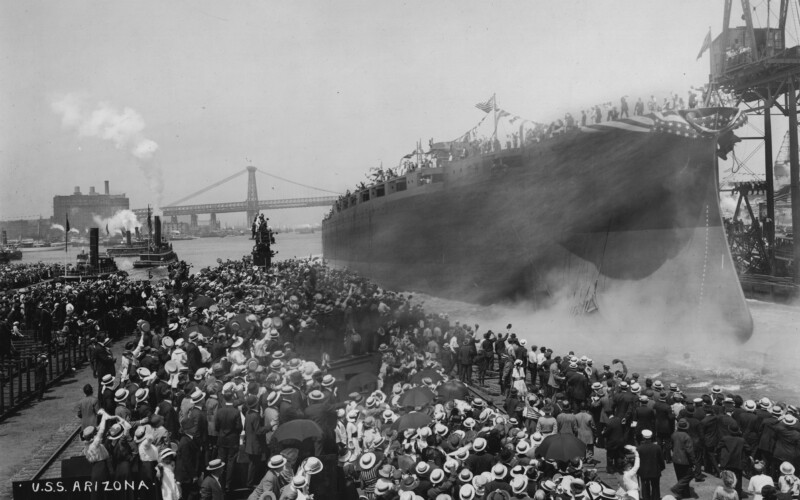
Operation Neptune, the seaborne component of the Normandy invasion, required nearly 6,500 vessels to deliver the vast Allied armies and their supplies and equipment onto the continental beaches. This didn’t …
Read more
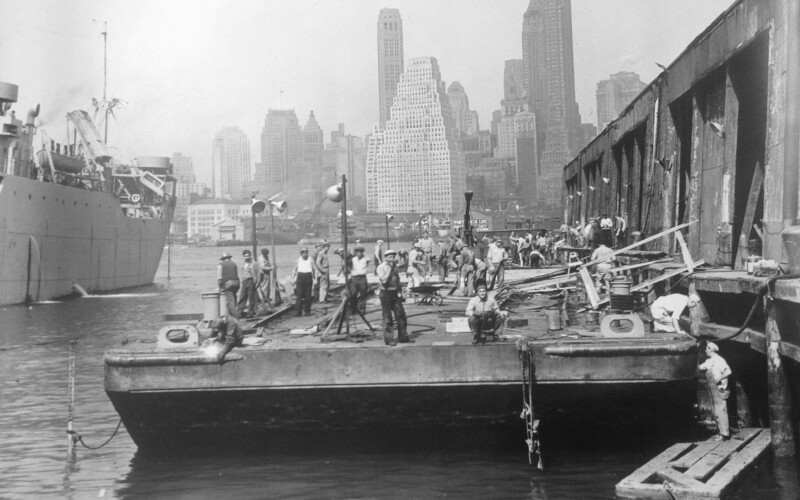
We were so proud to have the Brooklyn Navy Yard featured in Episode 3 of the new PBS travel program Samantha Brown’s Places to Love, which explored unique sites around town including our friends at Prospect Park, Kings County Distillery, and the Gowanus Canal. Jump to 5:40 to see the segment on the Navy Yard.
Read more

Today marks the 57th anniversary of perhaps the darkest day in the history of the Brooklyn Navy Yard. To commemorate the fire on board the USS Constellation, we are going …
Read more
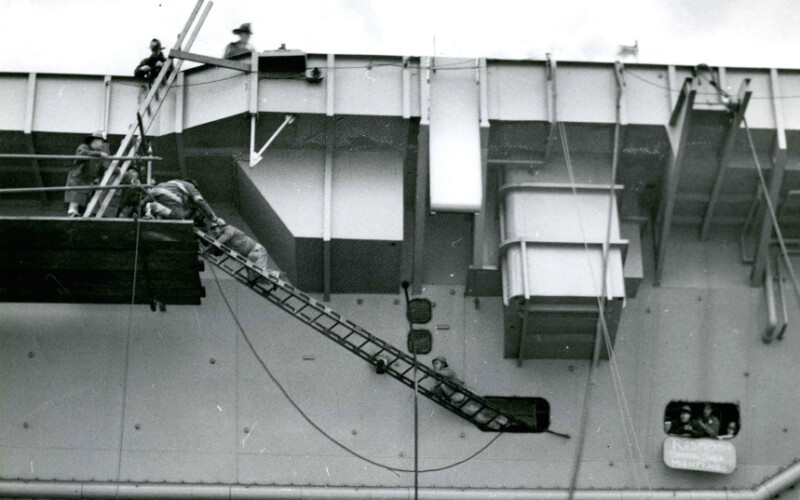
On our Brooklyn Navy Yard Photography Tours, we’re always encouraging people to look for the unexpected. Even on streets we’ve walked down a thousand times, there may be something new, …
Read more

Peter Christian Asserson (1839–1906) The Brooklyn Navy Yard has always adapted to change. Over its first 165 years, rapid changes in naval ship designs forced the adoption of new shipbuilding …
Read more

The Brooklyn Navy Yard is 5,000 miles from Pearl Harbor, and though the reverberations of the events there on December 7, 1941 were felt across the globe, they hit especially hard …
Read more
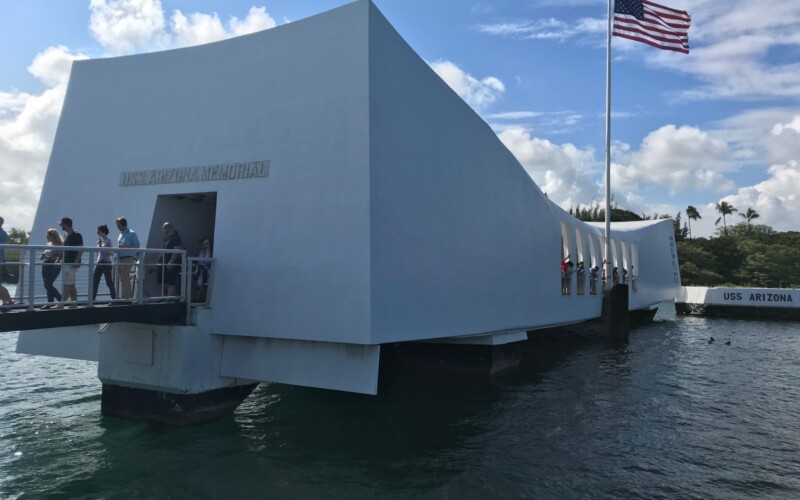
If you have not yet been to the Brooklyn Museum to see their stunning exhibition WAR/PHOTOGRAPHY, make no delay – the show closes on Sunday, February 2, when its three-city …
Read more
